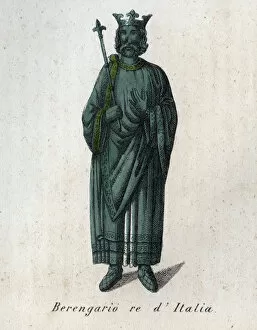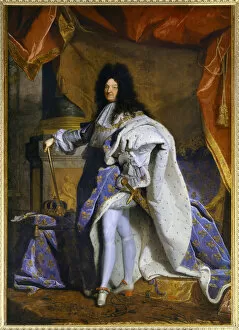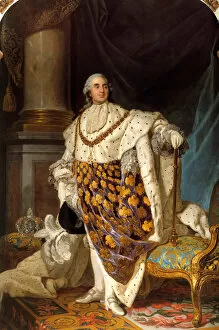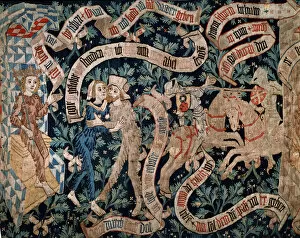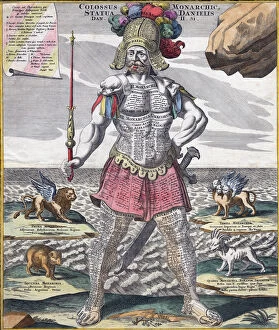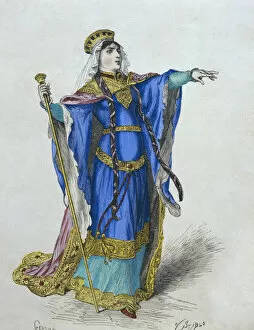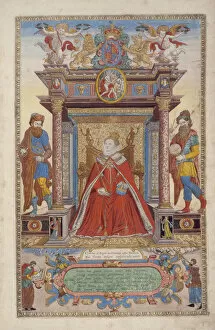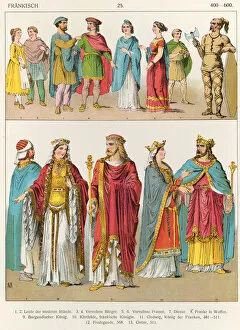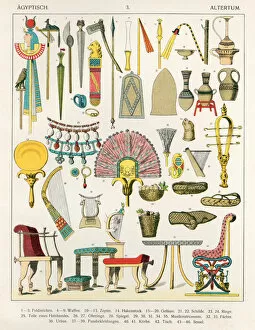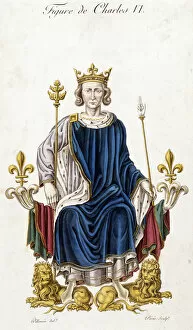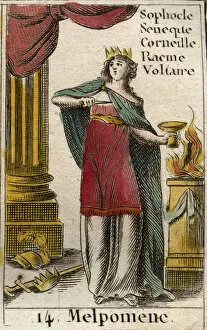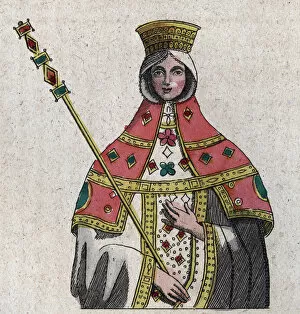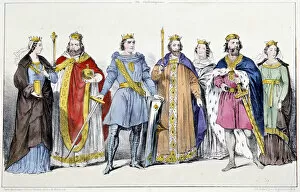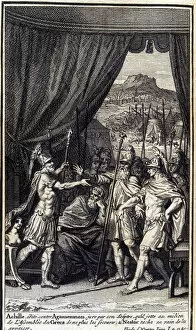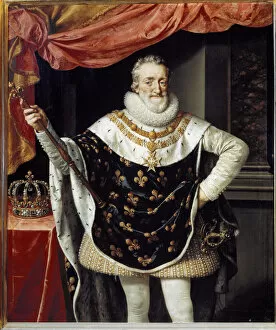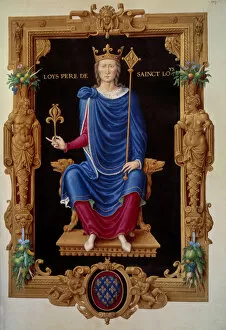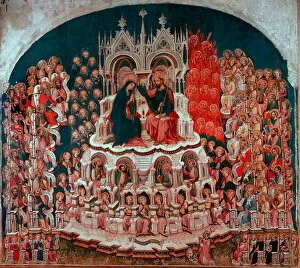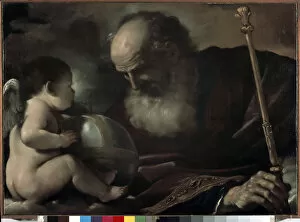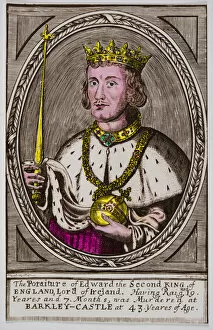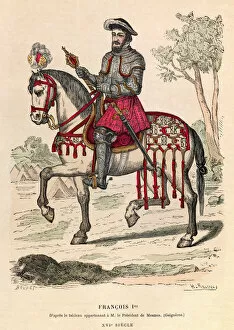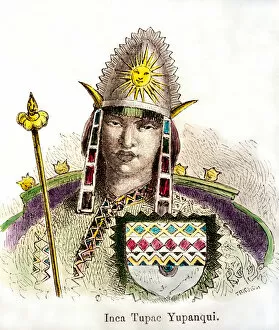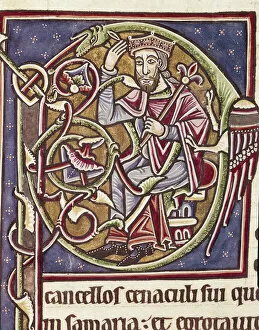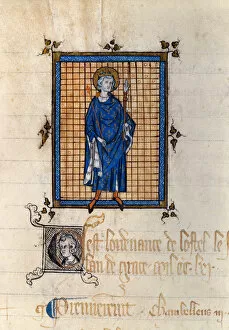Scepter Collection (#7)
"Scepter: A Symbol of Power and Authority Throughout History" From the ancient civilizations to modern times
For sale as Licensed Images
Choose your image, Select your licence and Download the media
"Scepter: A Symbol of Power and Authority Throughout History" From the ancient civilizations to modern times, the scepter has been a powerful symbol of authority and leadership and has been wielded by kings, emperors, and even religious figures, representing their dominion over their realms. In St. Peter's Square at the Vatican, Pope Francis holds a majestic scepter as he presides over Easter Holy Mass. The scepter signifies his spiritual authority as the leader of the Catholic Church. Centuries ago, Justinian, the Byzantine emperor, grasped a golden scepter adorned with precious gems. This emblem of his rule showcased his imperial power and influence. Across continents in Egypt stood a statue of the Goddess Sakhmet holding an ornate scepter. As protector of pharaohs and embodiment of divine power, she brandished this symbol to assert her strength. The renowned military strategist Horatio Herbert Kitchener held a commanding presence with his ceremonial staff as First Earl Kitchener of Khartoum. His scepter represented his role in shaping British colonial policies during World War I. Constantine the Great once ruled Rome with an iron fist while clutching a regal scepter engraved with intricate details. This emblematic artifact embodied both his political prowess and divine right to govern. Henry IV, King of Germany and Holy Roman Emperor during medieval times, was often depicted in portraits wielding a magnificent golden scepter—a testament to his royal lineage and sovereign might. Urraca of León and Castile proudly displayed her authority through her elegant silver-tipped scepters—an expression of her reign over vast territories in medieval Spain. In Madrid's Fountain of Cibeles stands Cybele herself—goddess mother Earth—holding aloft an imposing bronze staff crowned with laurel leaves; it represents her nurturing power over nature itself.

